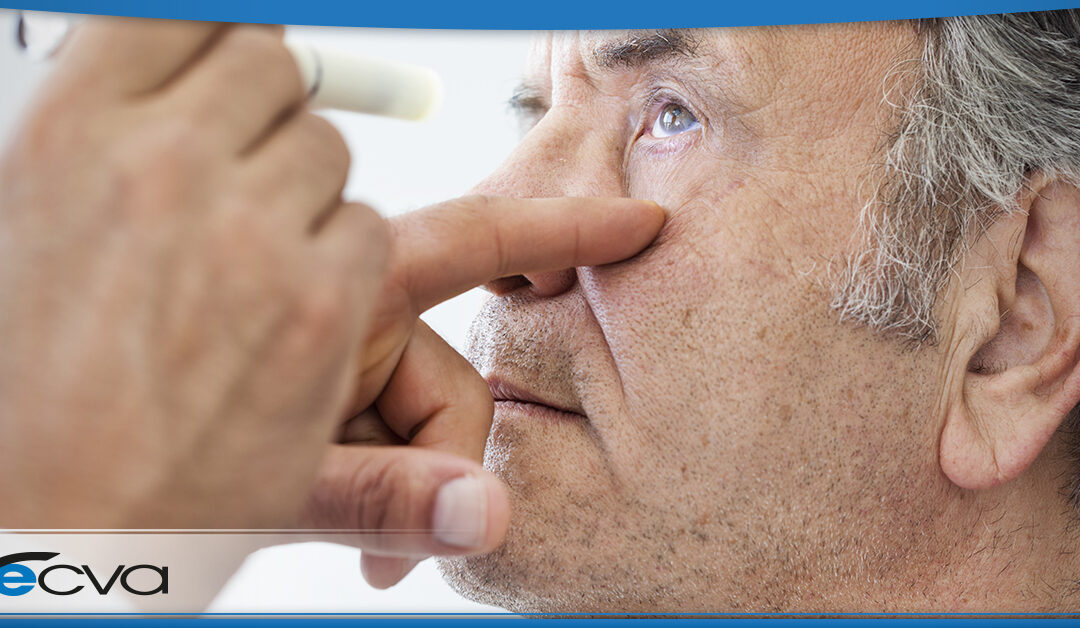by ecvaeyeadminz | May 26, 2022 | Cataracts
Cataracts, or an opacification or clouding of the eye’s lens, affect millions of people – it’s one of the most common eye conditions in the world. Cataracts often affect older people, although it’s possible for them to develop in younger patients as well. Today,...

by ecvaeyeadminz | May 19, 2022 | Eye Health
Many people know that vision changes can occur at any time. However, if your vision is declining year after year or suddenly takes a turn for the worst, you may wonder why it’s happening. Here is a look at common reasons for declining vision, as well as...

by ecvaeyeadminz | May 5, 2022 | Glaucoma
Glaucoma is an eye condition impacting the optic nerve. As intraocular pressure builds, damage to the optic nerve can occur, leading to permanent vision defects and loss, potentially leading to blindness. While glaucoma isn’t typically preventable, early...


